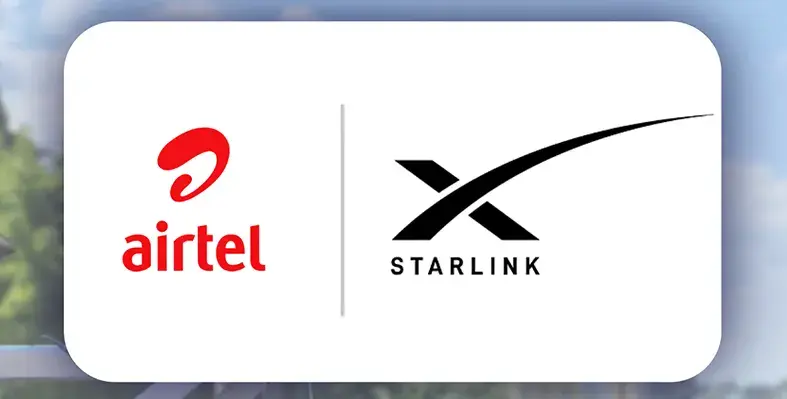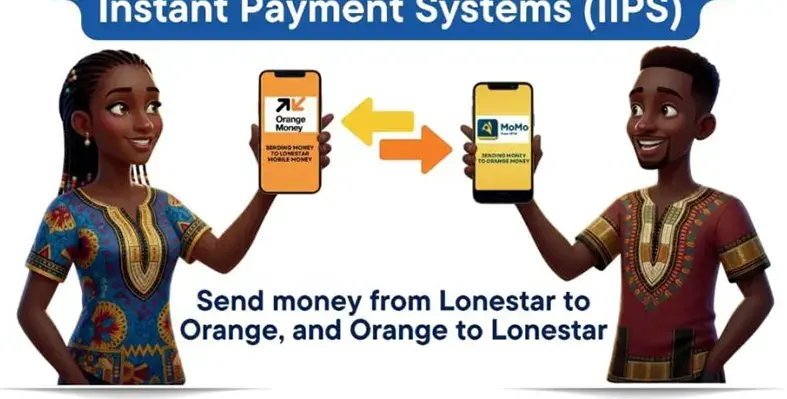Satellite backhaul technologies and infrastructure are constantly evolving to keep up with demands for more bandwidth and faster speeds to deliver data and services to end users, no matter where they are in the world
For example, enterprise users in remote regions on land and at sea today need, and are beginning to expect, the same levels of service they experience when back in more developed and advanced locales. Meanwhile consumers, even in rural and relatively unconnected regions, are also beginning to demand voice and broadband data services, or are expectantly waiting for mobile operators and service providers to bridge the digital divide and get them fully connected.
But around half the global populace is still not connected to the Internet, and delivering affordable broadband and Internet access to such unconnected communities is fraught with challenges, despite the opportunities it presents to all stakeholders. That’s why increasingly innovative solutions are required to move beyond the lack of infrastructure and beyond geographical barriers, solutions that get past the high costs previously associated with the use of satellite bandwidth.
For players like Hughes, iDirect and others, that all means keeping up with trends and meeting the need for always-on connectivity. To do so, new business models are emerging from their efforts to enable communications service providers to offer ‘viable’ global delivery of IP services to end users anywhere, using any device, in every geographical terrain, and in any enterprise or remote community worldwide, via satellite.
The rest of the article can be read on page 18 of Communications Africa Issue 6
https://communicationsafrica.com/magazine-archive























